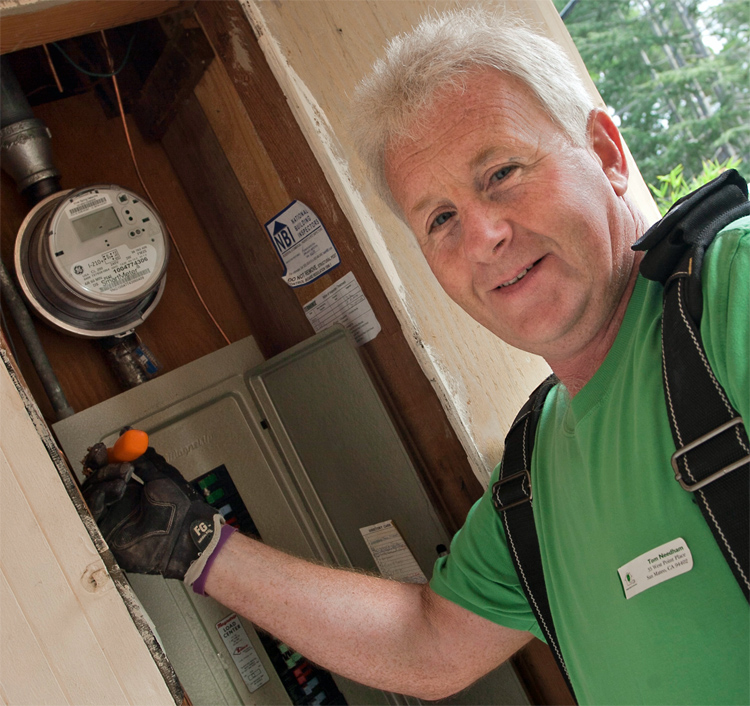Should I Replace a Broken Circuit Breaker or the Whole Panel?
 |
|
|
Welcome to Ask an Expert, a new recurring feature in which we take questions from you, our readers, and put them to our large network of service companies. Today we’re drawing our question from the Chatterbox Lounge forums’ Home Maintenance Hotline. A member wonders about whether to replace a single worn-out Zinsco circuit breaker or the entire electrical panel:
We live in a '61 Eichler in Terra Linda/San Rafael with the original circuit panel. One of our 30amp circuit breakers is on the blink and we're advised by some Eichler owners to just go ahead and spend the ~$1700-$1800 to have the entire panel replaced, complete with permit. We're also told that these Zinsco circuit breakers are not being manufactured anymore. But my uncle has one and is willing to replace it for us(he's a retired electrician.) Can someone weigh in on the pros and cons of replacing the entire panel vs. just switching an individual circuit breaker?
We spoke with longtime electrical contractor Tom Needham, who walked us through the decision. The short version: If a breaker on one of these panels is worn out, it’s safer and ultimately more cost-effective to replace the whole panel with a new one. That is, unless you’re planning a remodel in the next six to nine months and just want something to keep you going until you upgrade the panel then.
Needham explains: “From the safety perspective, the newer panels have breakers with a different tripping mechanism from the old ones. They’re more sensitive to short circuits.” The Zinsco panels that came standard in most Eichlers, as well as those made by FPE (Federal Pacific Electric), are notoriously prone to failure, Needham said, and city inspectors will usually advise getting a new one.
As for the cost, Needham said he stocks old Zinsco breakers, which run about $60 to $70 each, plus another $125 or so for the installation, so replacing a single breaker comes to about $200 altogether. But if one breaker wears out, the others usually follow because they’re aging at roughly the same rate (the difference is the current load on each circuit).
“If you’re going to start spending money on old breakers, at the end of the day you’re left with an old panel,” Needham says. “If I have to do a service call to this panel four or five times, they’ll have put out almost as much money as if they had opted to upgrade on day 1 to a new circuit board.”
Our reader’s $1,700-$1,800 estimate for a panel replacement was on the low end, Needham said. Depending on city codes and the complexity of the job they can range from that up to $2,500 in many Peninsula cities and $3,000 in San Francisco.
But a replacement panel not only increases the safety, it increases the performance, especially if you opt to upgrade to a 200-amp system.
“When I go out to a job, I recommend upgrading to 200 amps. Whether you’re going to remodel or not, the difference in labor and material to put in a pipe and a wire size that gets you to 200 amps is not that much above what it would cost for a 100 amp service.” Because of the beefier conduit and wire, a 200-amp system costs about $250 more than a 100-amp.
"It’s basically about what are you going to do in the future? Are you going to put in a hot tub? Are you going to put in a photovoltaic charger for the new car? Are you going to do landscape lighting? Flood lighting in the new yard? All of these things are going to be taken into consideration. If you change your service, then you have this extra power there set in place for the future if you down the road do any adjustments, changes, or additions.”
- ‹ previous
- 523 of 677
- next ›




